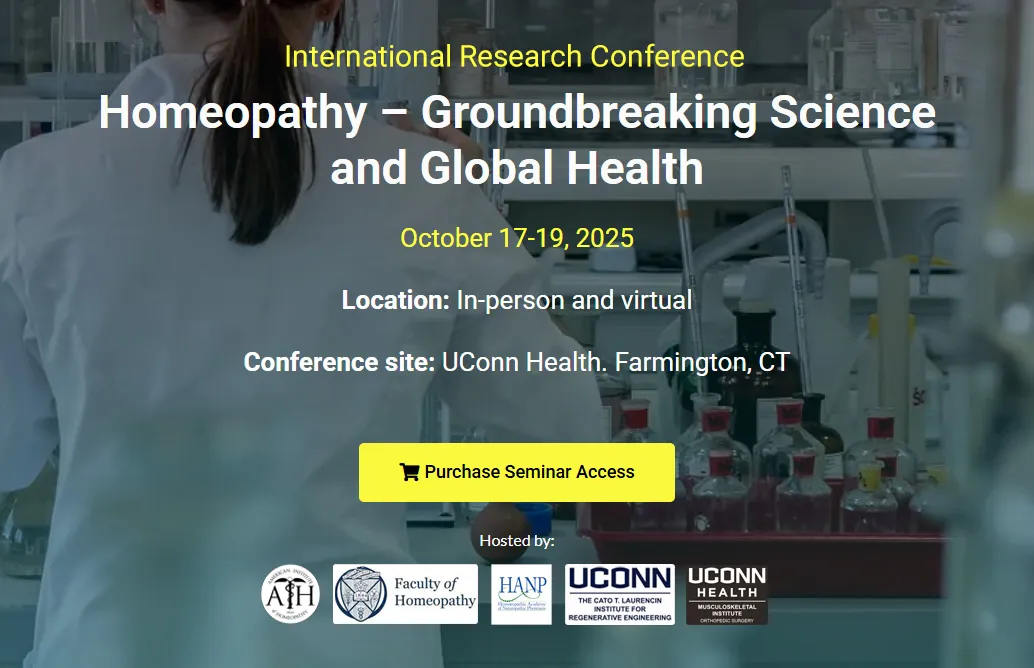
Editorial: The Hormesis Principle
“A process which led from the amoeba to man appeared to the philosophers to be obviously a progress—though whether the amoeba would agree with this opinion is not known … Although explicit controversy is almost always fruitless in philosophy, owing to the fact that no two philosophers ever understand one another, yet it seems necessary to say something at the outset in justification of the scientific as against the mystical attitude.”1
“Although the occurrence of U-shaped dose responses in toxicology (i.e., hormetic effects) have been known for more than a century, the concept of hormesis has long been marginalized under the belief that such observations could be explained by a combination of poor study designs and normal variability. However, recent efforts have established that numerous highly reliable studies demonstrating hormetic effects exist and that such findings appear to be highly generalizable across species, endpoint measures, and class of agents assessed.”2
“Postexposure conditioning, as a part of hormesis, involves the application of a low dose of stress following exposure to a severe stress condition … The experimental data suggest that the beneficial effect of the low-dose stress condition used as heterologous postconditioning is related to similarity in molecular stress response.”3
“Moreover, I found from the toxicological reports of earlier writers that the effects of large quantities of noxious substances ingested by healthy people … largely coincided with my own findings from experiments with those substances on myself and on other healthy people … None of these observers had any idea that the symptoms they described … held the positive indication of the power of these drugs to extinguish the similar complaints of natural diseases therapeutically.”4
Dear Reader,
Welcome to the Fall issue of our Journal!
We regret deeply the passing of our treasured colleagues, Dr. Joel Shepperd and Dr. Henning Gypser. Please see the current issue for their In Memoriam articles.
During the recent September 2024 Collaborative Conference at Sonoran University in Tempe, Arizona we had the pleasure of presentations that brought us closer to the spirit of Hahnemannian practice and, through the examination of old school sources referenced in Hahnemann’s Materia Medica works, we were able to see for ourselves how the toxicological reports of different natural substances tallied with the methodical substance trials conducted by Hahnemann and his fellow provers. Homeopathy is essentially an evidence-based clinical discipline! Please watch the introductory videos on the AIH website.
When we consider that the first principle of homeopathy is “like cures like” — or, putting it another way, those substances which can harm in large doses have the potential to heal in small doses — we are led to examine hormesis in biology. These pharmacological effects have been observed in the field of hormesis for at least 100 years, as mentioned. This field has both historically and in recent years provided ample empirical evidence for the stimulative effect of small doses.5 When you add to this the field of nanoparticle effect studies on biological systems, we can see how the so called “theory of homeopathy” is actually a series of facts which can only be explained generally by the principle of similars and that the mechanism of action has actually been elucidated to a great degree.6,7 Thus, there should be no impediments to a fair-minded investigation of homeopathy.
I would encourage any physician or health care practitioner with an open mind to examine the research evidence base of the American Institute of Homeopathy and contact us with any questions.
As always, I look forward to your comments, letters, and submissions!
 Respectfully yours,
Respectfully yours,
Alex Bekker, MD, ABIHM, FAIS
Editor, AJHM
Secretary, Board of Directors, AIH
References:
- Russell, B. Our Knowledge of the External World as a Field for Scientific Method in Philosophy. George Allen & Unwin Ltd. 1922. pp. 22-23. p. 29.
- Calabrese, EJ. Crit. Rev. Toxicol. 2001 Jul;31(4-5):637-48. Abstract.
- Van Wijk, R. Wiegant, FAC. Hum. Exp. Toxicol. 2010 Jul;29(7):561-5. Abstract.
- Hahnemann, S. Organon of Medicine. transl. Kunzli, J. et al. JP Tarcher. 1982. p. 101.
- Calabrese, EJ. Historical Foundation of Hormesis. Homeopathy. April 2015. v. 104. issue 2. p. 83-89.
- Alian, RS, et al. Do nanoparticles cause hormesis? Early physiological compensatory response in house crickets to a dietary admixture of GO, Ag, and GOAg composite. Science of the Total Env. v. 788. Sept. 20, 2021. Abstract.
- Bell, IR, et al. Nanoparticle Characterization of Traditional Homeopathically-Manufactured Silver (Argentum Metallicum) Medicines and Placebo Controls. Journal of Nanomedicine & Nanotechnology. 06(04) January 201
About the AJHM
The American Journal of Homeopathic Medicine (AJHM) is a peer-reviewed scientific journal, specifically intended to meet the needs of physicians involved in the specialty of homeopathy. The editor invites original manuscripts, feature articles, research reports, 'Homeopathic Grand Rounds' cases studies, abbreviated case reports for 'Clinical Snapshots,' seminar reports, and position papers that focus on homeopathy, as well as book reviews and letters to the editor. Click below to subscribe to the Journal.
Latest Issue of the AJHM

AJHM – Spring 2025
Volume 118 Number 1
Table of Contents
- Editorial: In this issue
- President’s Message: Our Guiding Precepts
- Homeopathic PuZZle?
- Alchemy, Spagyrics, and Homeopathy: Tracing the Threads of Energetic Medicine
- The Genius of Fluoricum acidum: Part One
- An Interesting Case of Kola
- Book Review: ‘Lessons in Pure Homeopathy, From the Writings of Hahnemann’s Best Student and Medicine’s Most Successful Practitioner, Adolph Lippe, MD’ – Edited & Annotated by A. Saine, ND
- Book Review: ‘Folkways and Homoeopathy: Our Ancestral Secret of Healing’ by Shailendra Ramchandra Vaishampayan


